Ranolazine is a medication used to treat chronic angina (chest pain caused by reduced blood flow to the heart). It is typically prescribed when other anti-anginal medications, such as beta-blockers or calcium channel blockers, are not sufficient to control symptoms. Ranolazine works by modulating the heart’s electrical activity and improving oxygen utilization in the heart muscle.
How Ranolazine Works:
1. Mechanism of Action:
- Ranolazine inhibits the late sodium current in cardiac cells, which helps to:
- Reduce calcium overload in heart cells.
- Improve the balance of oxygen supply and demand in the heart.
- Decrease angina symptoms without significantly affecting heart rate or blood pressure.
2. Uses of Ranolazine:
- Chronic Angina: Used as an add-on therapy for patients who do not achieve adequate symptom relief with other anti-anginal medications.
- Off-Label Uses: Sometimes used for arrhythmias or other cardiac conditions, though this is less common.
Ranolazine Dosage Guidelines:
- The typical dose is 500 mg or 1,000 mg twice daily, taken with or without food.
- The maximum recommended dose is 1,000 mg twice daily.
- Dose adjustments may be needed for patients with liver or kidney impairment.
Advantages of Ranolazine:
- Unique Mechanism: Unlike other anti-anginal drugs, ranolazine does not significantly affect heart rate or blood pressure.
- Add-On Therapy: Effective when used in combination with other anti-anginal medications.
- Improves Exercise Tolerance: Reduces the frequency of angina episodes and improves the ability to perform physical activities.
- Does Not Affect Blood Pressure or Heart Rate: Ideal for patients with low blood pressure or bradycardia.
Potential Side Effects of Ranolazine:
Ranolazine is generally well-tolerated, but side effects may occur:
1. Common Side Effects:
- Dizziness or headache.
- Nausea or constipation.
2. Less Common Side Effects:
- Blurred vision or tinnitus (ringing in the ears).
- Palpitations or shortness of breath.
3. Serious Side Effects (Rare):
- QT Prolongation: May increase the risk of abnormal heart rhythms.
- Kidney Impairment: Monitor kidney function in patients with pre-existing kidney disease.
Contraindications & Precautions:
- Do NOT take Ranolazine if you have:
- Severe liver disease (cirrhosis).
- Allergy to ranolazine or any of its ingredients.
- Are using strong CYP3A inhibitors (e.g., ketoconazole, clarithromycin, ritonavir).
- Take Precautions If:
- You have a history of heart rhythm disorders – Monitor ECG regularly.
- You have kidney or liver disease – Dose adjustments may be necessary.
- You are pregnant or breastfeeding – Use only if prescribed by a doctor.
Drug Interactions with Ranolazine:
- CYP3A Inhibitors: Increase ranolazine levels, increasing the risk of side effects.
- CYP3A Inducers: Decrease ranolazine levels, reducing its effectiveness.
- QT-Prolonging Drugs: Increased risk of arrhythmias (e.g., amiodarone, sotalol).
- Digoxin: Ranolazine may increase digoxin levels, requiring dose adjustment.
Effectiveness of Ranolazine in Angina Treatment:
- Ranolazine is effective in reducing the frequency and severity of angina episodes in patients with chronic angina.
- It is particularly useful as an add-on therapy for patients who do not respond adequately to other anti-anginal medications.
Comparison: Ranolazine vs. Other Anti-Anginal Medications:
| Feature | Ranolazine | Beta-Blockers | Calcium Channel Blockers |
|---|---|---|---|
| Mechanism | Late sodium current inhibition | Reduce heart rate and contractility | Relax blood vessels, reduce heart rate |
| Effect on Heart Rate | Minimal | Significant reduction | Variable |
| Effect on Blood Pressure | Minimal | Significant reduction | Significant reduction |
| Primary Use | Chronic angina (add-on therapy) | Chronic angina, hypertension | Chronic angina, hypertension |
Conclusion:
Ranolazine is a valuable medication for managing chronic angina, particularly in patients who do not achieve adequate symptom relief with other therapies. It has a unique mechanism of action and does not significantly affect heart rate or blood pressure. However, it requires careful monitoring for side effects like QT prolongation and drug interactions. Always consult your healthcare provider before starting or adjusting ranolazine therapy.









